Want to get more out of your grocery purchases? It’s easier than you might think to regrow your own food from scraps. This guide will walk you through 11 common foods that you can easily start regrowing at home. Not only is this a great way to save money, but it’s also incredibly satisfying to watch your new plants sprout! Whether you have a green thumb or are just starting out, you’ll find these tips to be simple, fun, and rewarding.
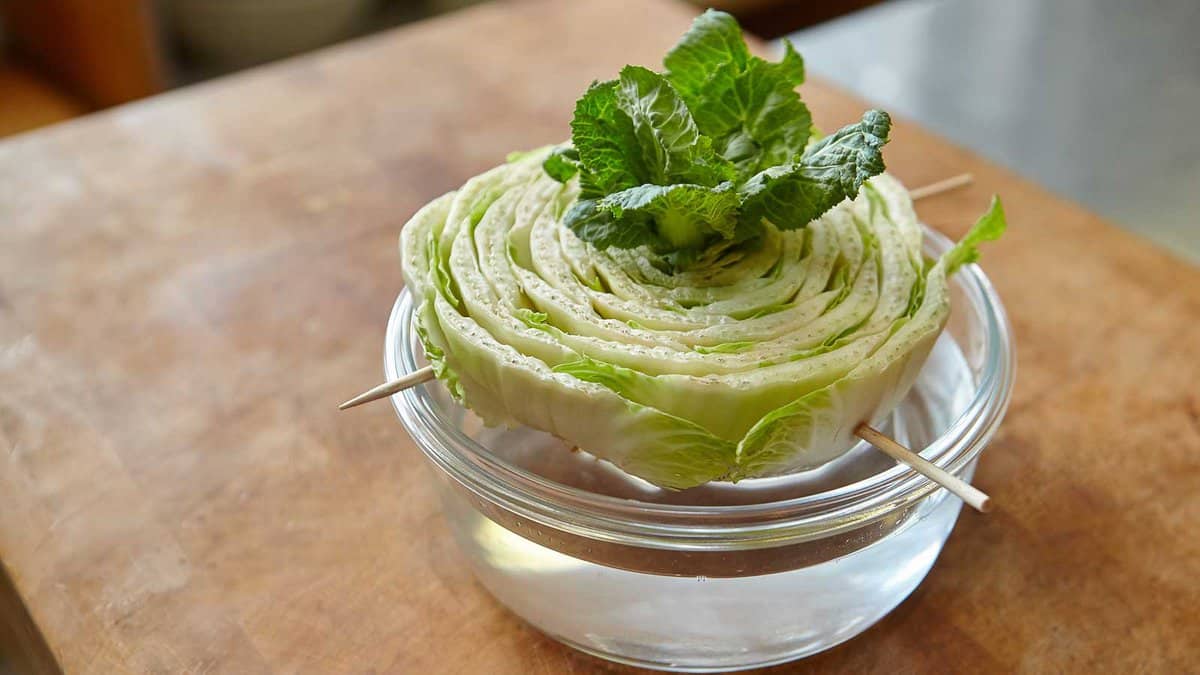
Leeks
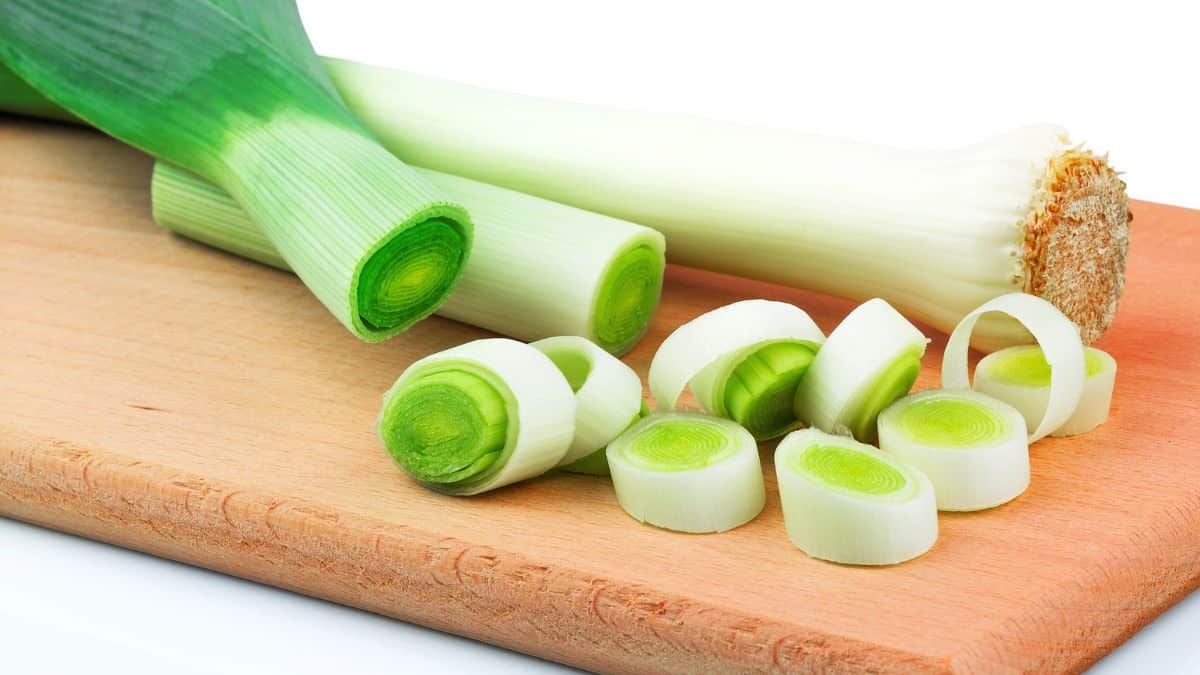
Similar to green onions, submerge the base in water. Leeks will regrow from the white base, eager to give you more of their mild, oniony flavor with minimal effort.
Green Onions
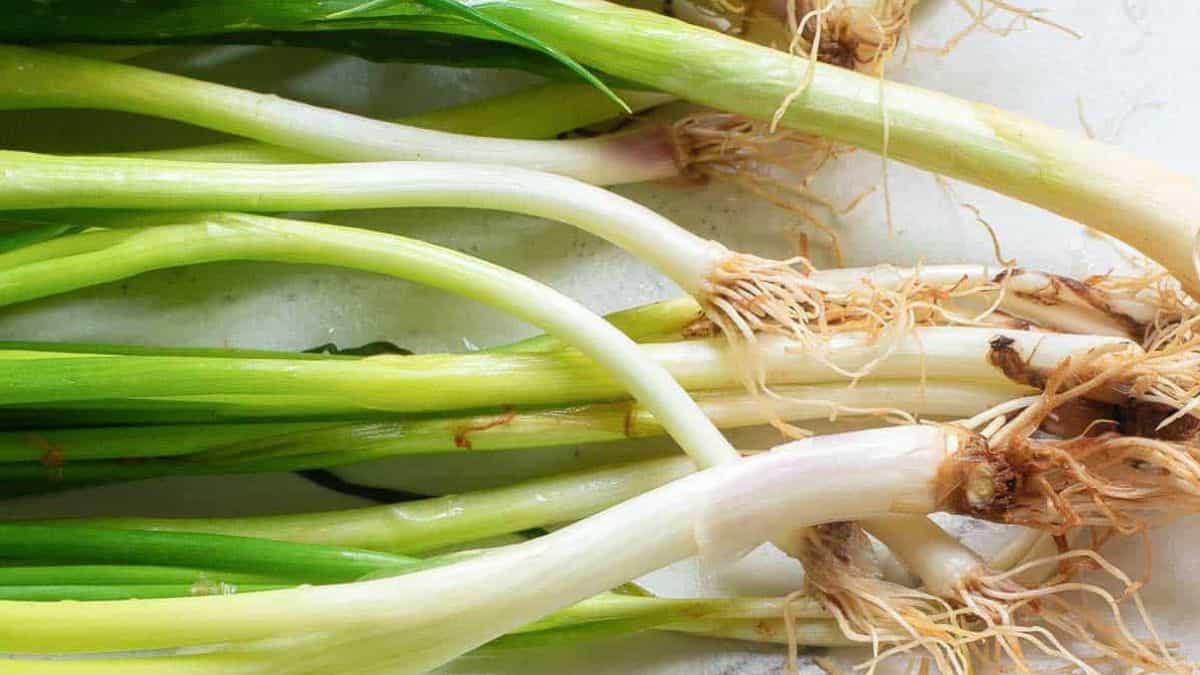
Just place the white roots in a glass of water, making sure not to submerge the entire plant. Green onions are champions of regeneration, sprouting new shoots in just a few days because they retain their growth point even after cutting.
Garlic

Plant a single clove root-down in potting soil. Garlic is determined to grow, with the clove acting as a starter kit for a new shoot, often even when left on the counter!
Romaine Lettuce
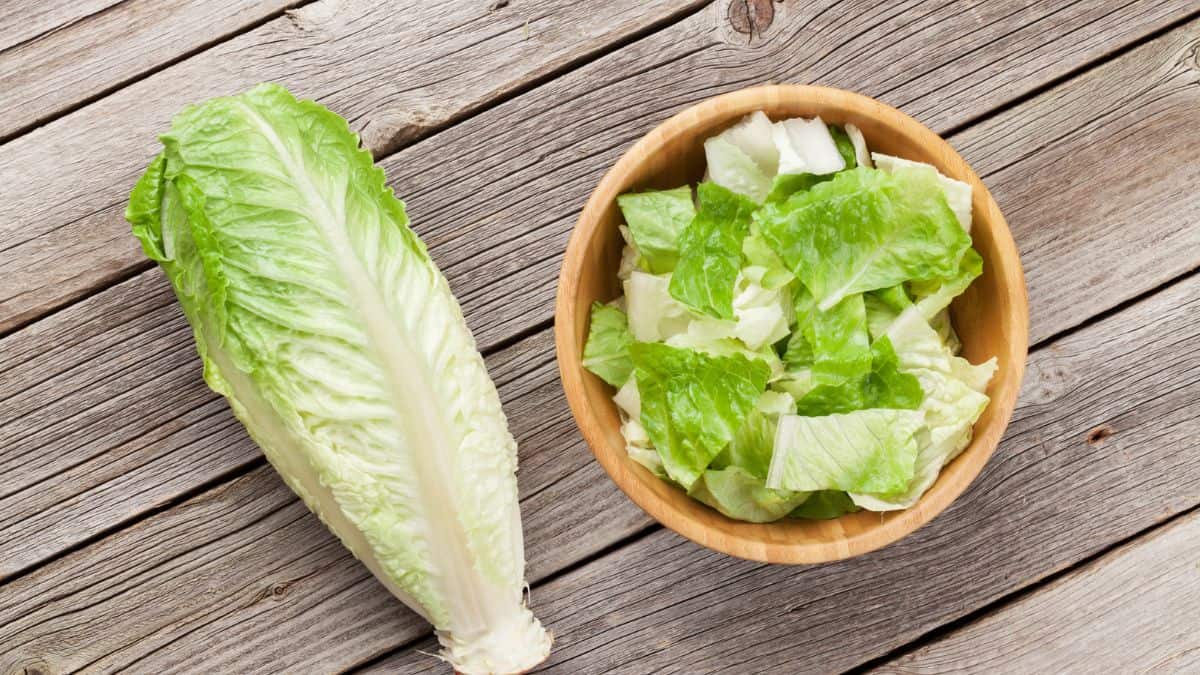
Leave the bottom of the lettuce in a bowl of water. It’s a lazy plant’s dream! New leaves start sprouting from the center in about a week, as if it’s on a mission to become a salad again.
Celery

Cut off the base and place it in a shallow bowl of water. Celery bases turn into overachievers in water, sprouting new leaves from the center in no time.
Fennel

Just like celery, bulb fennel can be given a second life with a simple trick. Start by placing the base of the bulb—with the root system intact—in a shallow dish of water. Make sure to keep about an inch of the base to preserve the roots. Keep an eye out for green shoots sprouting from the center; this is your cue to move the fennel from water to soil. Replant it and watch as it regrows into a full, fresh bulb.
Onions

Onions can be grown by planting the bottom end with roots in soil. They are the comeback kids of the vegetable world, ready to sprout new greens and eventually, a new bulb.
Bok Choy
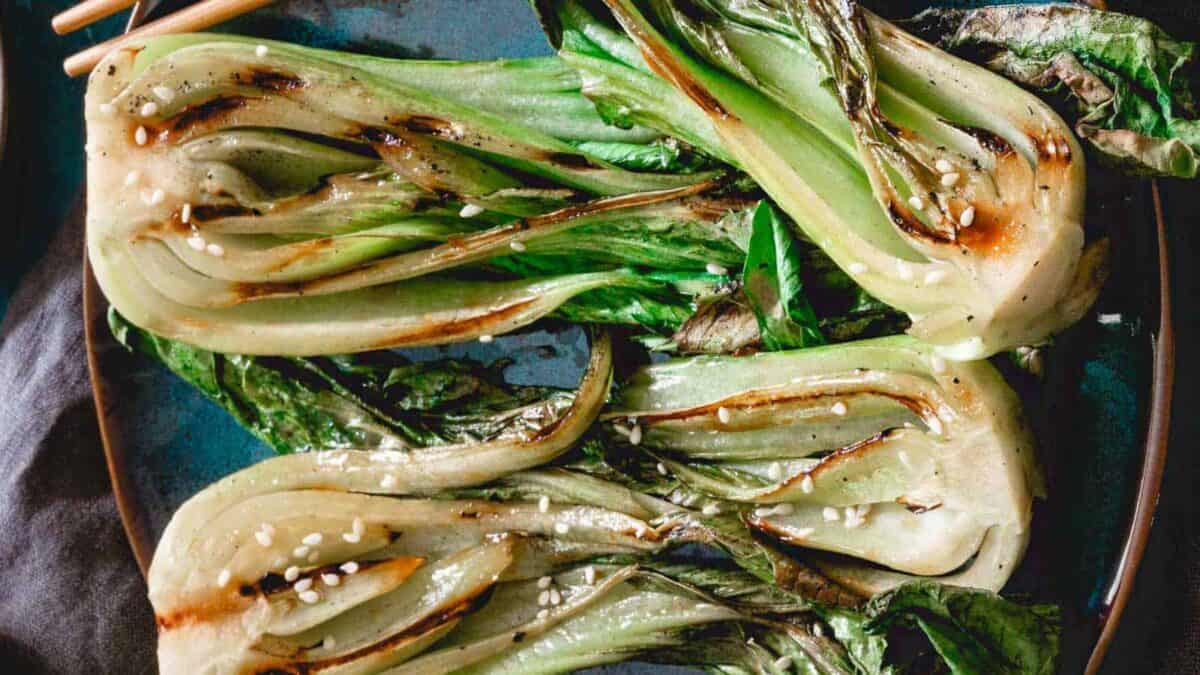
Just like celery, place its base in water and watch it spring back to life. Bok Choy is practically a phoenix, rising from its scraps to give you more crispy goodness.
Napa Cabbage
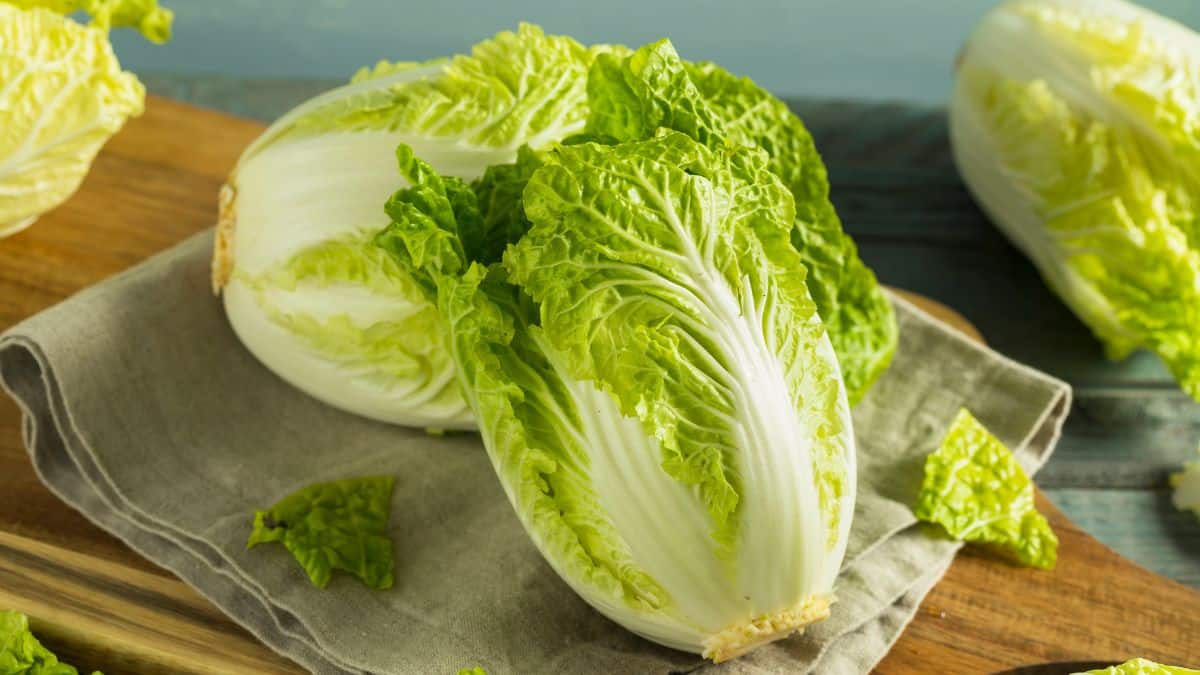
The base of Napa cabbage will regrow in water, similar to its leafy cousins. It’s like it refuses to give up, slowly sprouting new leaves to prove its resilience.
Carrot Greens

Plant the top of a carrot in soil. While you won’t get a new carrot, the greens will flourish, perfect for garnishing or adding to salads for a zesty flavor.
Lemongrass
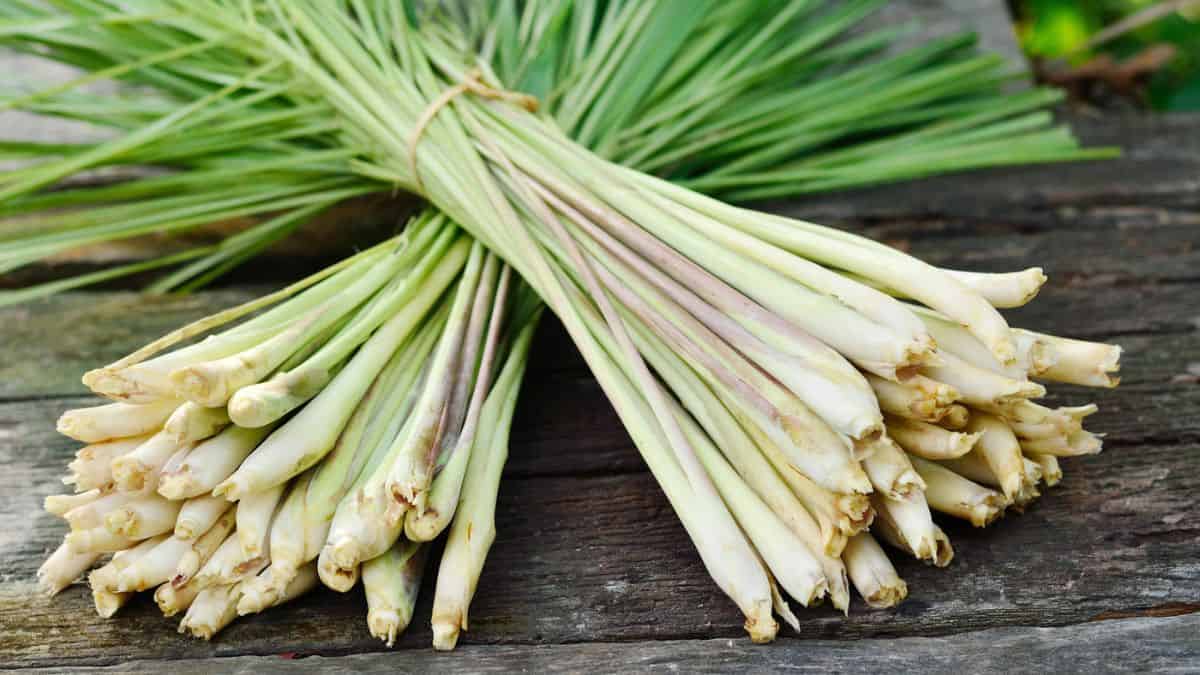
Place the root end in water and it will begin to sprout new stalks. Lemongrass is like that friend who always bounces back, ready to infuse your cooking with its lemony essence.
Potatoes
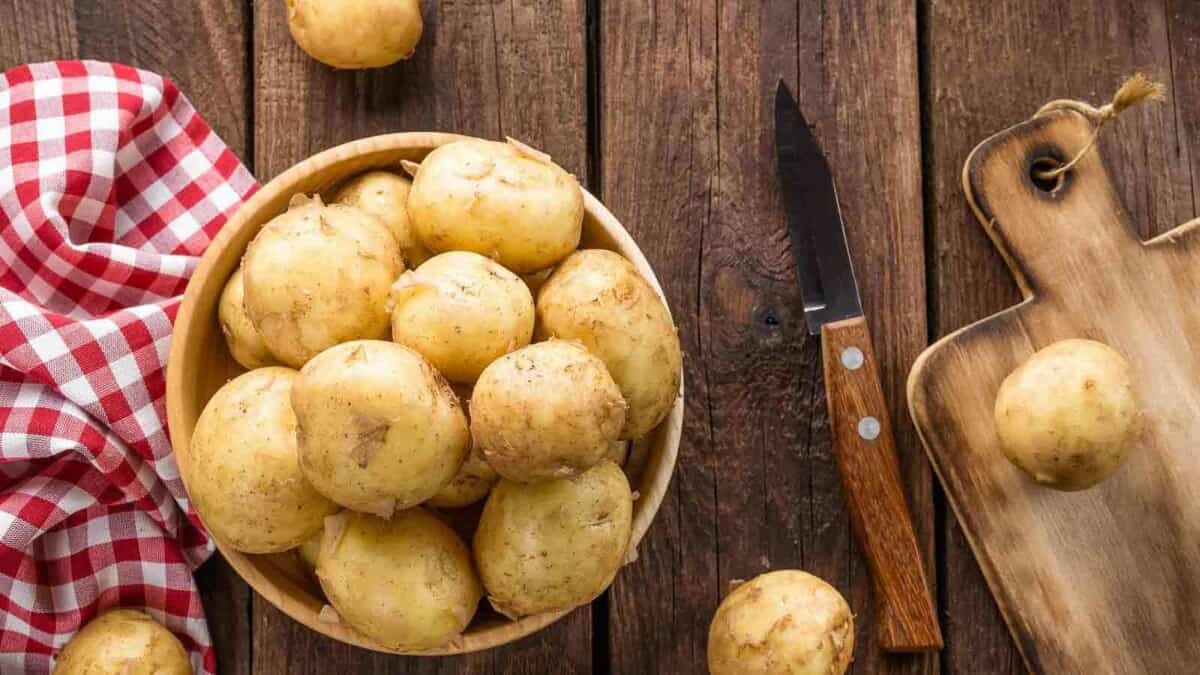
Cut chunks of potatoes making sure each has 1-2 eyes. Planted in soil, they feel compelled to keep the lineage going, sprouting new plants from their eyes.
Herbs Like Basil

You can easily regrow a variety of herbs from just small cuttings or scraps. Take a stem about 4 inches long and submerge it in a glass of water, ensuring no leaves touch the water. Roots will start to appear in no time. Once these roots look strong and healthy, the herb is ready to be moved. Plant your rooted cuttings in a pot or directly in your garden and watch them flourish into lush, aromatic herbs.
13 Of The Most Nutrient-Dense Foods You Can And Should Be Eating
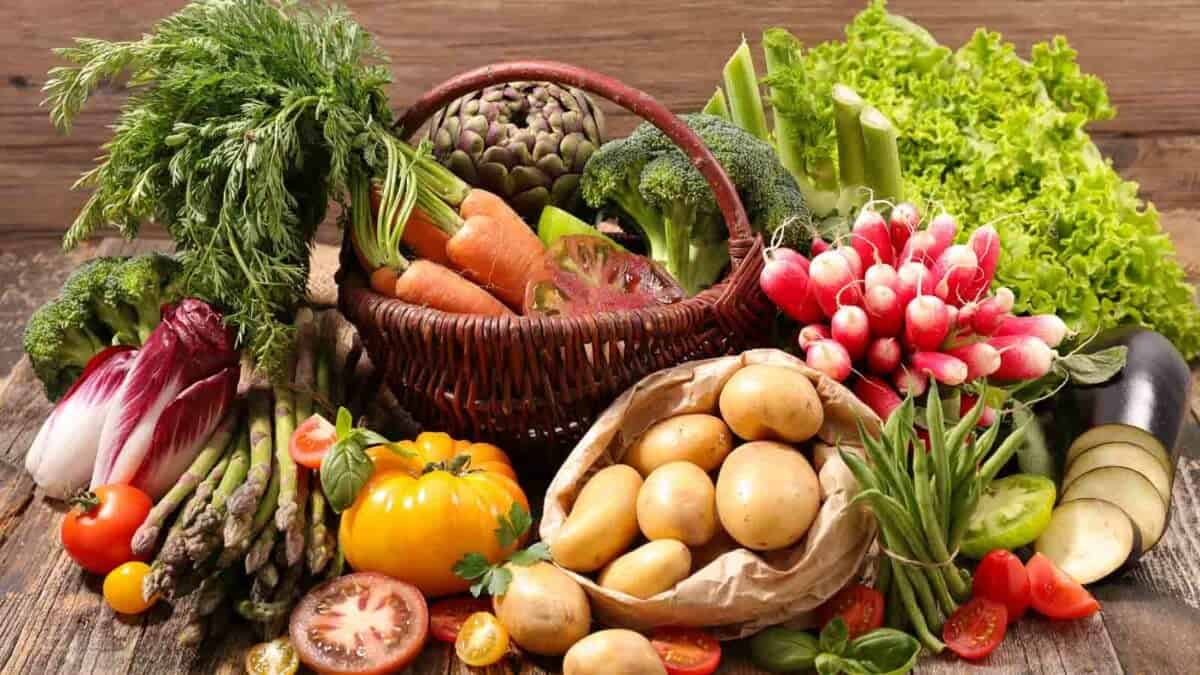
When it comes to eating, we’ve all got a “calorie budget,” but let’s be honest, some of us are better at managing it than others. If you want to make the most of what you’re eating, you have to be diligent about investing those calories in the right places and getting the best bang for your buck with the foods you choose. Here are 13 of the most nutrient dense foods available. They give you the most nutritional value per bite and are what you should be focusing on when you load up your plate each day to maximize your health span.
Read it Here: 13 Of The Most Nutrient-Dense Foods You Can And Should Be Eating
Top 10 Most Common Food Safety Mistakes People Make At Home

Navigating kitchen safety can sometimes feel like walking through a minefield of dos and don’ts. Let’s shed some light on the common food safety mistakes that sneak into our daily routines. By understanding and adjusting these small, often overlooked actions, we can significantly improve our food handling practices and keep our kitchens and families safe.
See Them Here: Top 10 Most Common Food Safety Mistakes People Make At Home
10 Best Frozen Veggies To Keep In Your Freezer At All Times For Easy Meals
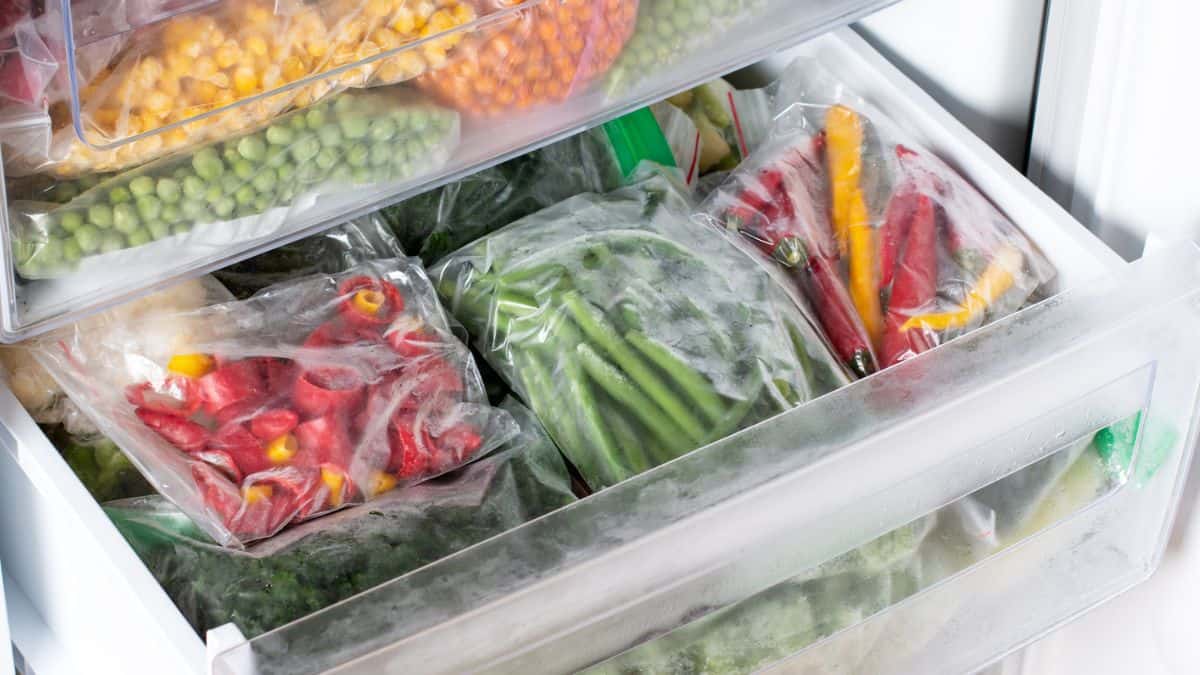
Keeping the right frozen veggies on hand is like having a secret weapon for easy meal prep. This list is a carefully selected lineup of the best frozen vegetables that promise to turn your everyday cooking into something effortlessly delicious. From the sweet char of fire roasted corn to the versatile goodness of chopped spinach, these freezer staples ensure you’re always ready to whip up something tasty.
See them here: 10 Best Frozen Veggies To Keep In Your Freezer
Select images provided by Depositphotos.
Gina Matsoukas is an AP syndicated writer. She is the founder, photographer and recipe developer of Running to the Kitchen — a food website focused on providing healthy, wholesome recipes using fresh and seasonal ingredients. Her work has been featured in numerous media outlets both digital and print, including MSN, Huffington post, Buzzfeed, Women’s Health and Food Network.








